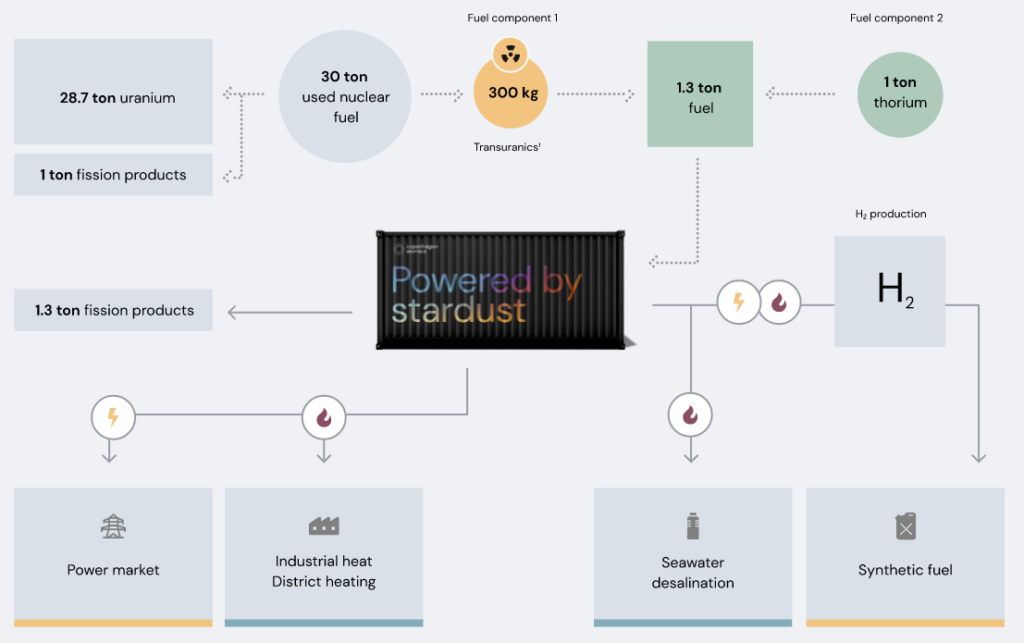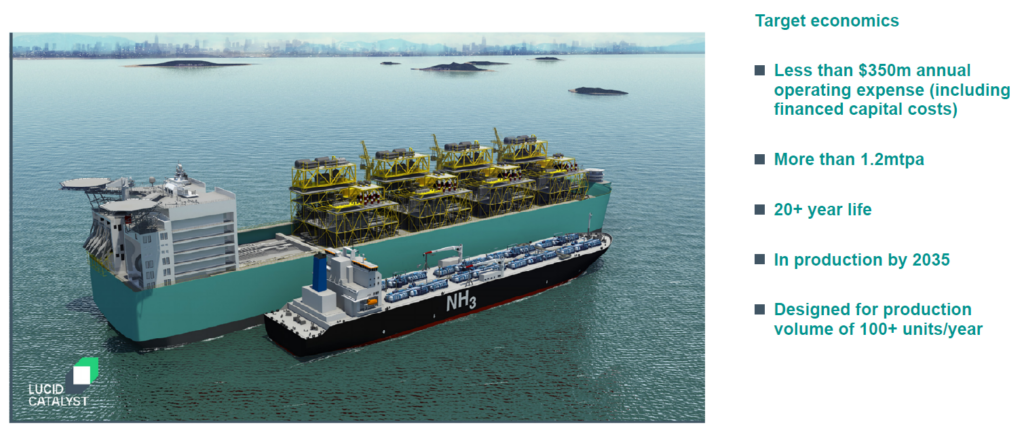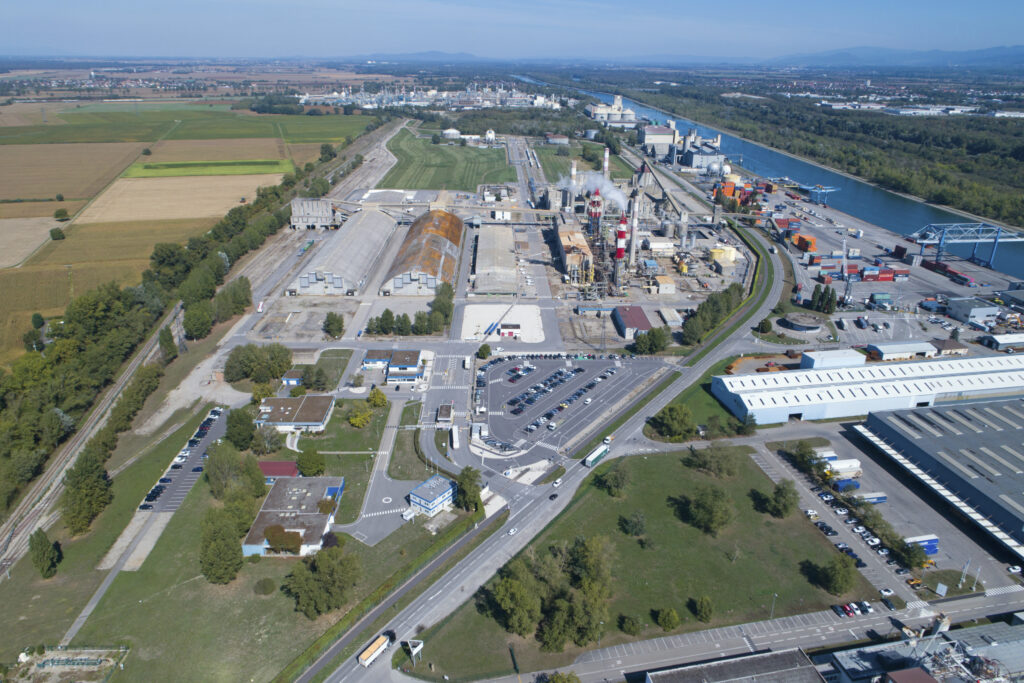Nuclear-powered ammonia production
By Kevin Rouwenhorst on July 12, 2022
Nuclear power is an existing baseload technology for zero carbon electricity and heat at the gigawatt-scale. But what about using this energy instead to produce zero carbon ammonia? New developments for nuclear power are also on this horizon: novel nuclear reactors have been reported that increase traditional power output, while some reactor concepts may be scaled down from the current gigawatt scale. This article provides an overview of some recent developments in industry, and the potential for nuclear-powered ammonia production.
Nuclear reactors with thorium fuel
Two interesting industrial consortia have recently formed, made up of companies with expertise in nuclear power, heat exchange, and ammonia production.

Copenhagen Atomics, Alfa Laval & Topsøe are exploring the possibility of producing “green ammonia” based on thorium-fueled nuclear reactors and steam electrolysis. Within the consortium, Copenhagen Atomics is developing the thorium-fueled nuclear reactor. This reactor can reportedly deliver about 100 MW of thermal energy in a reactor the size of a 40 foot shipping container.
Furthermore, Copenhagen Atomics claims that the levelized cost of electricity may come down to below $20 per megawatt hour in a mass manufacturing scenario. The consortium is rounded out by Alfa Laval (a company with a vast experience in heat exchange and desalination technology) and Topsøe (a manufacturer and licensor of steam electrolysis technology and ammonia synthesis technology). Previously, a report from Idaho National lab showed that there is potential for heat integration between a nuclear reactor and steam electrolysis (download pdf).

Similarly, Terrestrial Energy and KBR have recently announced an agreement to investigate “the application of zero-emission thermal energy for hydrogen and ammonia production”. Terrestrial Energy is developing a thorium-fueled “Integral Molten Salt Reactor (ISMR®)”, which operates at temperatures up to 585°C and is claimed to have a 50% higher electric power generation efficiency as compared to conventional nuclear power plants. KBR is the leading licensor for ammonia synthesis technology by operational capacity.
Capital intensity and building times
The focus on zero carbon ammonia production from nuclear power is not new. During the 1980s (and in the wake of the oil crises), nuclear-powered ammonia production was proposed in the United States as an option to replace oil and gas. The ammonia would have flowed through the network of ammonia pipelines already built in the US Midwest.

However, this did not materialize. Building gigawatt-scale nuclear power plants is capital intensive and time consuming. Reportedly, it takes a median 10 years on average to build a conventional gigawatt-scale nuclear reactor. Therefore, the companies mentioned above will focus on what are termed “small modular reactors” (SMRs), which can be built much faster, and may even be delivered in a shipping container.
Core Power, and LucidCatalyst also recently published reports regarding ammonia production powered by nuclear power. These reports emphasized the substantial potential for cost reduction upon mass production of nuclear power plants.
Commercial-scale nuclear-powered ammonia production

The previously mentioned examples are still in the research phase or aim for near-term demonstration. However, nuclear-powered ammonia production may soon become reality via existing technologies. Borealis and Hynamics will jointly develop 30 MW of grid-powered electrolysers at Borealis’ fertilizer production plant in Ottmarsheim, France. The demonstration project would result in the production of 24,000 tonnes per year of low-carbon ammonia by 2025-26. Given that around 70% of the electricity in France is derived from nuclear power, this can be considered as one of the first commercial demonstrations of nuclear-powered ammonia production.
Industrial cooperation between nuclear power experts, heat producers and ammonia technology licensors is expected to bring down the cost of the next generation nuclear-powered ammonia production. Future developments may include combinations with other zero carbon electricity sources, such as solar PV and wind power.